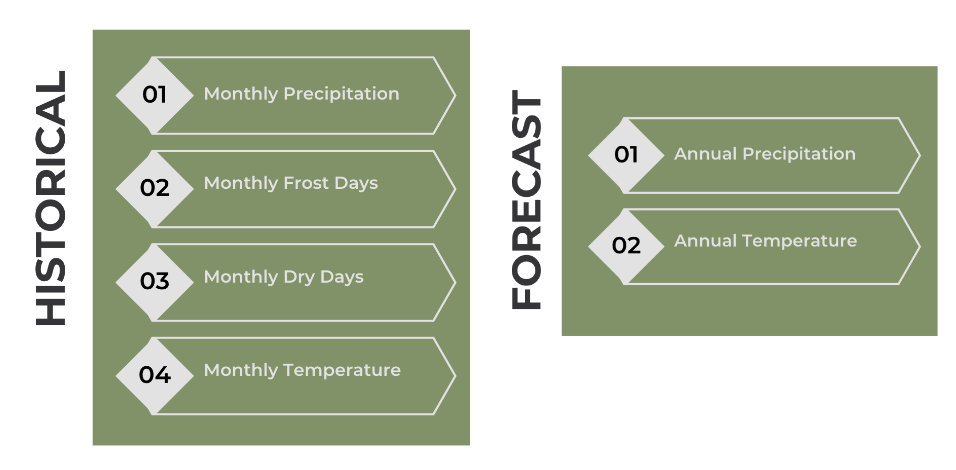The migratory hawk species known as the Lesser Kestrel (Falco naumanni) makes its way to Southern Europe during the breeding season and is safeguarded throughout Europe. This protection is due to its classification in Annex I of the Birds Directive. Kestrels prefer to breed in colonies and seek out holes in tall buildings, sheds, or roofs within rural settlements for nesting. They primarily feed on insects and can be found foraging in open and dry habitats, as well as natural or gently managed grasslands and extensive crops.

In a joint statement by the Hellenic Society for the Protection of Nature and the Ecosystem Management and Biodiversity Laboratory of the University of Thessaly, it was revealed that the installation and operation of two large photovoltaic power plants in the protected areas of Elous Arjan and Anthofyto in Kilkis prefecture have been approved by the local authorities.
The decline of the Lesser Kestrel in these areas is mainly attributed to low reproductive success caused by the loss of foraging sites and reduced predation success, both of which result from land use changes. Although there are enough nesting sites around the two Natura sites mentioned earlier due to nearby settlements, the licensing of photovoltaic power plants is expected to occupy large areas of grassland within or near the protected areas. This will significantly impact the species' habitat, putting local populations at risk.
On the occasion of various publications in which reference is made to the fragmentation of the foraging habitats of the Lesser Kestrel by the installation of photovoltaic parks in the prefecture of Kilkis, as well as how they affect the microclimate of an area, the 2nd Experimental High School of Kilkis in collaboration with Cloudeo and answr.space contributes to the recognition and understanding of the problem and the submission of solutions by children. This activity is part of the “Climate Detectives” program of the European Space Education Resource Office.
Interested in answr.space?
Get advanced risk analytics anywhere on the planet via API directly into your workflows.
With rising temperatures, shifting precipitation patterns, and increasing frequency of extreme weather events, these birds face alterations in their migratory patterns, food availability, and habitat suitability. As a result, the Lesser Kestrel population is under threat, with potential consequences for the broader ecosystem balance in the region.
Conservation efforts, including habitat restoration, research, and public education campaigns, are crucial to mitigate the impacts of climate change on the Lesser Kestrel population in the Kilkis region and ensure the survival of this migratory hawk species in a rapidly changing world. Cloudeo aids this kind of environmental campaigns by providing solutions like answr.space.
Cloudeo and answr.space provided the climatic data for the area of Anthophytos as requested by the school, which are of paramount importance for the life of the Lesser Kestrel in the area. The climatic variables examined were:

Download the Brief Report for the Falco Naumanni in Kilkis, Greece, and discover the climatic analytics derived from answr.space to gain valuable insights to support wildlife conservation activities:
